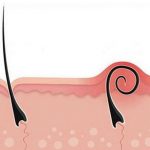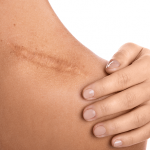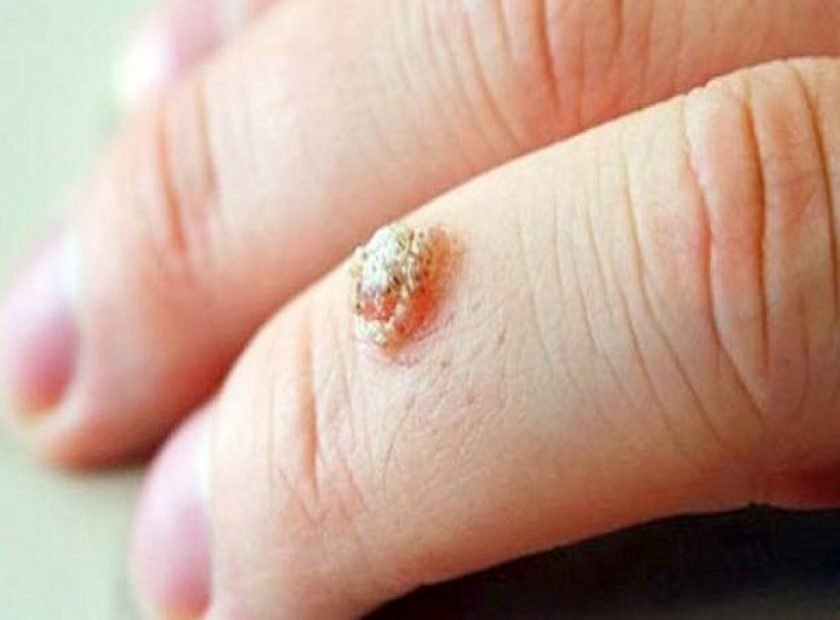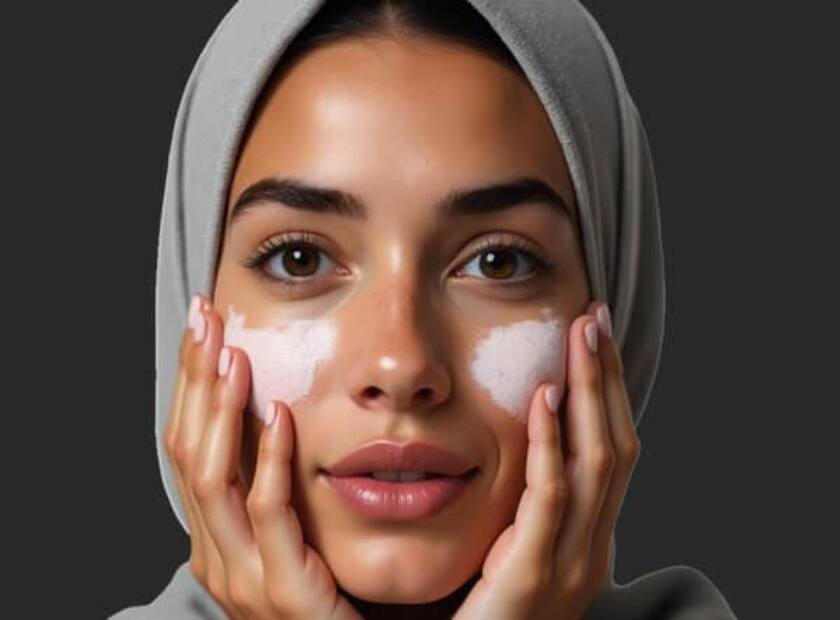
What is Pigmentation?
Your body contains a pigment called melanin, which determines the color of your skin, eyes and hair. People with darker skin have more melanin in their skin cells than people with lighter skin. But imbalances and skin disorders can cause inconsistencies in the color and pattern of the skin and eventually cause blemishes.
When skin cells are healthy, their appearance will be normal and smooth. When melancholy cells are damaged or unhealthy, extra melanin is produced to protect the skin. Also, cells that produce pigment may be damaged, which prevents melanin production.
As a result of such events, parts of the skin that may become lighter is called hypopigmentation or become darker, which is called hyperpigmentation. Both of them are serious skin problems.
Cause of pigmentation

Pigmentation, also known as hyperpigmentation, can occur for several reasons. As you get older, the effects become more pronounced, and they can become more widespread, if left untreated.
Common causes of pigmentation:
- Excessive sun exposure
- Genetics
- Hormonal changes
- Medical problems and skin damage (such as burns or blemishes)
Symptoms of Pigmentation
- The skin dark spots that can be of different sizes and colors (hyperpigmentation)
- The skin light spots (hypopigmentation)
- Pigment loss in several different areas of the skin (hypopigmentation)
Fotona laser in Iran, the miracle of nonsurgical rejuvenation
Fotona Laser: Treatment, Advantage, And Disadvantage
Pigmentation Natural Treatment
Be sure to protect your skin from the sun, daily use of SPF can protect your skin from harmful UVA and UVB rays that can worsen pigmentation.
Having a healthy lifestyle and using skin care products on a daily basis can help clear skin and have the same skin color. Products containing sulforaphane can help brighten hyperpigmentation. You can also use exfoliation that contains glycolic acid, an active ingredient that kills dead skin cells and brightens dark spots.
Medical treatment of Pigmentation
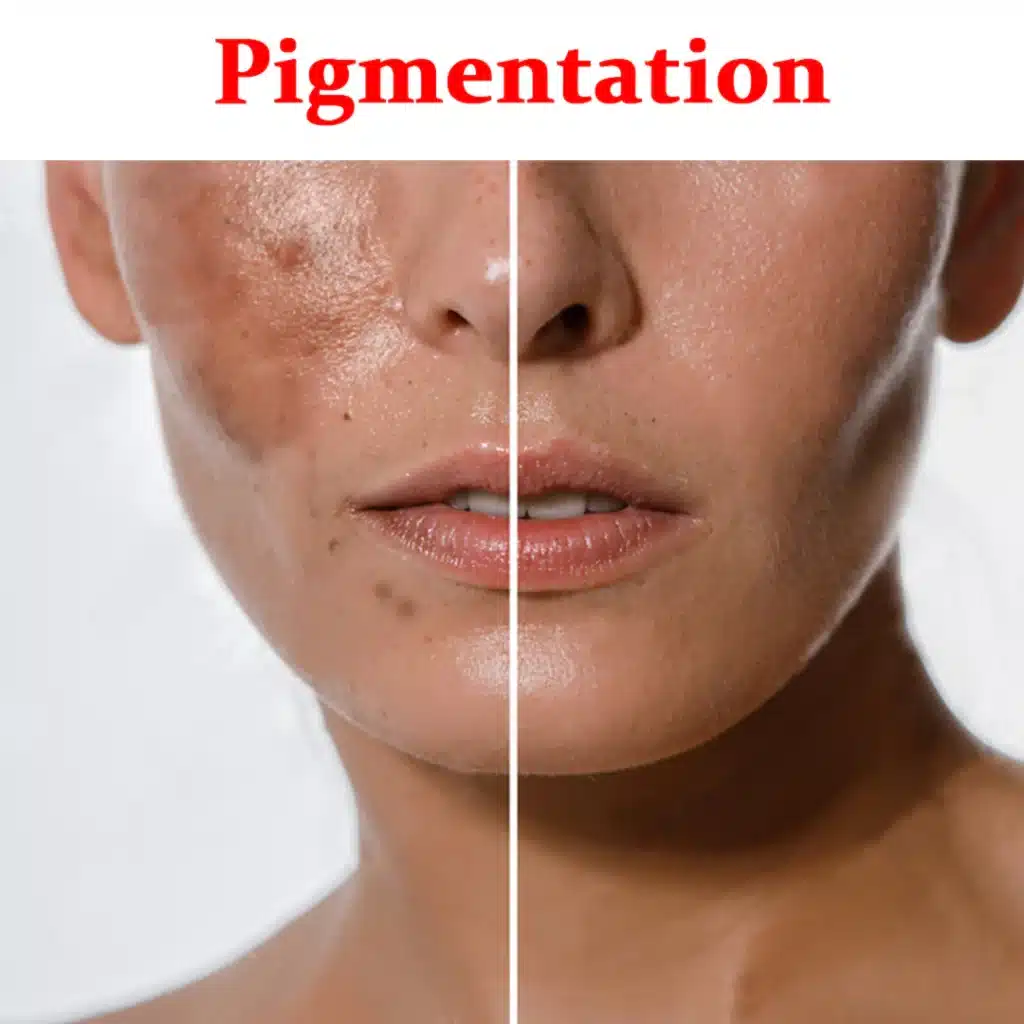
There are several treatments available to reduce dark spots or pigmentation. On the other hand, pigmentation (bright spots) is more difficult to treat because they may have been caused by a fungal infection. It is best to consult a skin specialist about your problem.
Skin peeling:
There are a number of skin peelings that have been used to treat pigmentation. In this treatment, a non-toxic chemical is applied to the skin to remove layers of skin naturally and eliminate the spots. Pigmentation decreases when dead skin cells are destroyed.
Fraxel laser:
Fractional lasers use thousands of microscopic laser columns to penetrate deep layers of skin and create very small wounds. These wounds stimulate the body’s natural repair response and stimulate the growth of new and healthy skin cells.
CO2RE:
This laser treatment is used to peel the skin so that pigmentation can be treated. This laser device targets the surface of the skin and its deep layers and stimulates the body’s natural repair response, which ultimately creates a new layer of skin. After this treatment, your skin tone will be smoother and you will have lighter skin.
Visit a dermatologist
It is recommended to consult a skin and hair specialist. They can introduce you to specific tips and products to solve this problem.
Get your free consultation with Irsa team right here
WhatsApp: 00989170626693
Email: irsaarabic@gmail.com
www.youtube.com/@irsaclinic
www.facebook.com/irsaclinic
Also read:
Abdominoplasty or tummy tuck in Iran
The best hair transplant clinic in Iran


